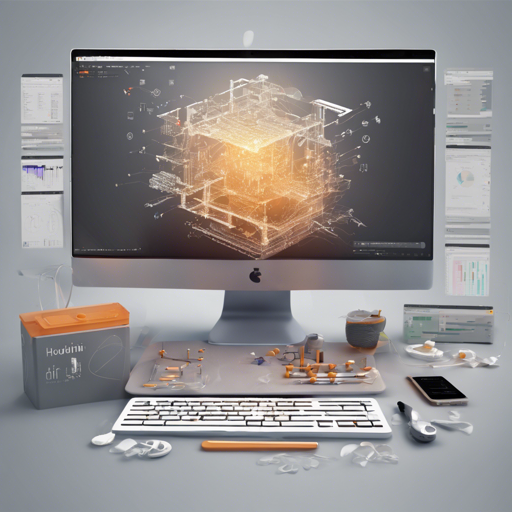The Stable Diffusion Houdini Toolset is an incredible asset for professionals working in visual effects and graphics. It integrates seamlessly with Houdini versions 19.5, 20, and 20.5 using Python 3.9. In this article, we will guide you through the installation process, using it effectively, and troubleshooting any potential issues you might encounter along the way.
Getting Started with the Installation
Follow these steps to install the Stable Diffusion Houdini Toolset:
- Install Automatic1111.
- Add the –api command line key to the webui-user.bat.
- Run A1111 with the webui-user.bat.
- Install asset libraries from the HDA and use the assets inside Houdini.
- Ensure that the Python and Presets folders are adjacent to the top_stable_diffusion.hda file.
- Upon creating an SD node for the first time, a hdaConfig/config.ini file is generated. In this file, you can alter the default URL and enable HTTP authorization for remote servers. If you work locally, adjust the Timeout property to 0.15 seconds for faster project start times.
- (Optional) Install the Kohya_ss web UI for training and link the installation directory to config.ini.
Understanding the Toolset Features: An Analogy
Think of the Stable Diffusion Houdini Toolset as a Swiss Army knife for graphic designers. Each feature is a tool that performs a specific function:
- Automatic1111 in Houdini: Imagine this as the knife blade – essential to the task at hand.
- All main A1111 features: These are like the various screwdrivers in your Swiss Army knife. They help you handle different visual tasks: TI, Loras, Hypernetworks, face restoration, and more.
- ControlNet 1.1: This acts like the can opener – it’s indispensable and provides an extensive set of preprocessors and models to unlock potential in your images.
- Image Processing Nodes: You can think of these as scissors for cutting and adjusting images precisely the way you want it.
Each feature enhances your capabilities, giving you more creative power in your Houdini projects.
Troubleshooting Tips
If you encounter issues while running Stable Houdini, consider the following steps:
- Ensure all components, including ControlNet and Stable Houdini, are updated to the latest versions.
- Check that the paths in your config.ini are correct and pointing to the appropriate directories.
- If experiencing performance issues, adjust the Scheduler Slot count in the localscheduler node to 1.
- Consult the troubleshooting guide available on GitHub for a comprehensive checklist.
For more insights, updates, or to collaborate on AI development projects, stay connected with fxis.ai.
Conclusion
The Stable Diffusion Houdini Toolset is a powerful asset for anyone working with visual effects. Proper installation and understanding its features can significantly enhance your project outcomes.
At fxis.ai, we believe that such advancements are crucial for the future of AI, as they enable more comprehensive and effective solutions. Our team is continually exploring new methodologies to push the envelope in artificial intelligence, ensuring that our clients benefit from the latest technological innovations.

